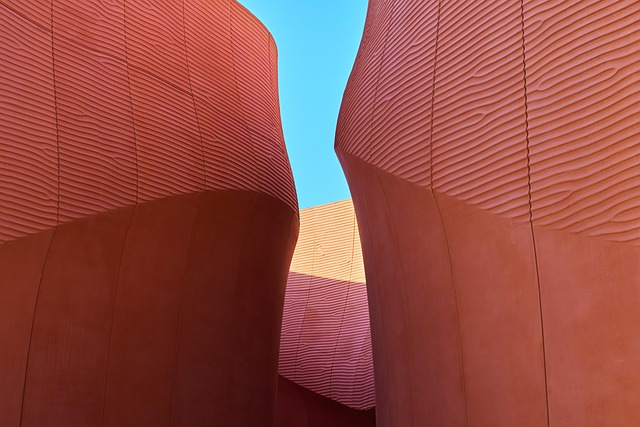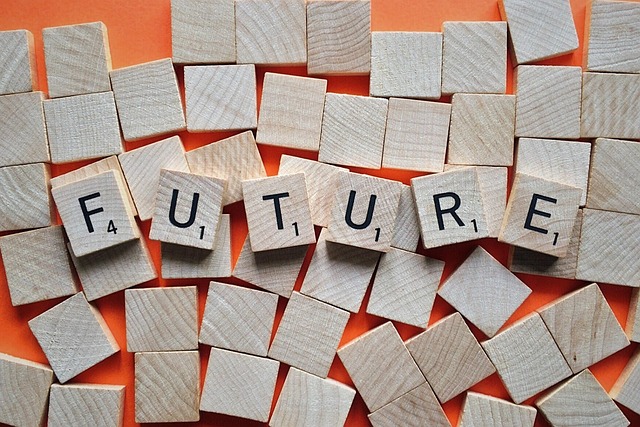The AI Art Explosion: From Novelty to Norm?

Remember when AI-generated images felt like a digital gimmick? Now, they're rapidly becoming commonplace. From stunning digital landscapes to eerily convincing portraits, AI art is appearing across the internet, sparking both fascination and unease. What does this technological leap mean for professional artists and the creative landscape?
Tools like Midjourney, DALL-E 3, and Stable Diffusion have significantly lowered the barrier to image creation, allowing users to generate complex visuals from text prompts. This accessibility fuels an explosion of AI-generated content online. But this rapid rise raises complex questions about originality, ownership, and ethics.
Copyright Conundrums: Who Owns AI-Generated Art?
This is a central legal challenge with no easy answers yet. Current copyright laws were primarily designed for human creators and struggle to accommodate AI-generated works. Does ownership lie with the user providing the prompt, the developers who built and trained the AI, the AI itself (currently not legally possible), or should the output be in the public domain because it learns from vast datasets often containing copyrighted images?
The U.S. Copyright Office has issued guidance stating that works generated *solely* by an AI system, without sufficient human creative control or intervention, cannot be copyrighted because copyright protects human authorship. However, copyright *might* apply if a human significantly modifies, arranges, or curates AI-generated material in a sufficiently creative way. Determining that threshold ('sufficient human authorship') is the focus of ongoing legal debate and early court cases.
Consider an artist using an AI tool like Midjourney to generate a base image, then spending hours in a program like Photoshop, digitally painting over it, adding distinct elements, and integrating their unique style. Where does the AI's non-copyrightable output end and the human's potentially copyrightable contribution begin? The legal boundaries are still being actively drawn and litigated.
Ethical Minefield: Training Data, Style Mimicry, and Artist Rights
A major ethical issue stems from the AI training process. Many generative AI models learn patterns by analyzing massive datasets of images scraped from the internet. These datasets often include millions of copyrighted artworks, used without the original artists' explicit permission, credit, or compensation. This practice raises fundamental concerns about inherent infringement and the ethics of AI systems learning to mimic specific, recognizable artistic styles.
Some artists and critics view current AI art generation methods as a sophisticated form of style imitation or even automated plagiarism, potentially devaluing human skill and threatening creative livelihoods. Others see AI as a powerful assistant or collaborator, capable of augmenting creativity, generating novel ideas, or handling laborious tasks, thereby freeing up artists for higher-level creative decisions. The creative community remains deeply divided.
For instance, the work of Polish digital artist Greg Rutkowski became a popular target for style mimicry via AI prompts, leading to a flood of images imitating his aesthetic. Rutkowski publicly expressed frustration, highlighting the challenge artists face when their style is replicated en masse by AI without their consent, potentially diluting their unique brand and market.
The Artist's Perspective: Anxiety, Adaptation, and Opportunity
The rapid advancement of AI art has understandably sparked anxiety among many artists regarding potential job displacement, devaluation of skills, and copyright infringement. However, many are also exploring ways to adapt and even leverage these new technologies.
Artists are experimenting with AI for brainstorming initial concepts, generating textures or backgrounds, exploring stylistic variations quickly, or even developing 'prompt engineering' as a new skill. For some, the focus is shifting towards adapting workflows to utilize AI as a collaborator or specialized tool, rather than viewing it solely as a replacement.
The Future of Creative Industries: Coexistence or Conflict?

The future trajectory is uncertain, but AI tools will likely become increasingly integrated into creative pipelines across various industries. Whether this integration fosters synergistic coexistence or fuels ongoing conflict depends heavily on our collective ability to develop fair legal frameworks, establish ethical guidelines, and create sustainable economic models that protect creators while allowing for technological innovation.
Open dialogue and collaboration between artists, AI developers, policymakers, legal experts, and the public are crucial. This ongoing conversation could lead to new licensing standards for training data, clearer regulations around AI output ownership, or even entirely new creative roles centered on human-AI partnership.
- How will AI tools reshape workflows in graphic design, advertising, and marketing?
- What impact will generative AI have on concept art, visual effects, and animation in games and film?
- Will entirely new artistic movements emerge, defined by human-AI collaboration?
- Can AI truly democratize creativity, enabling more people to express themselves visually?